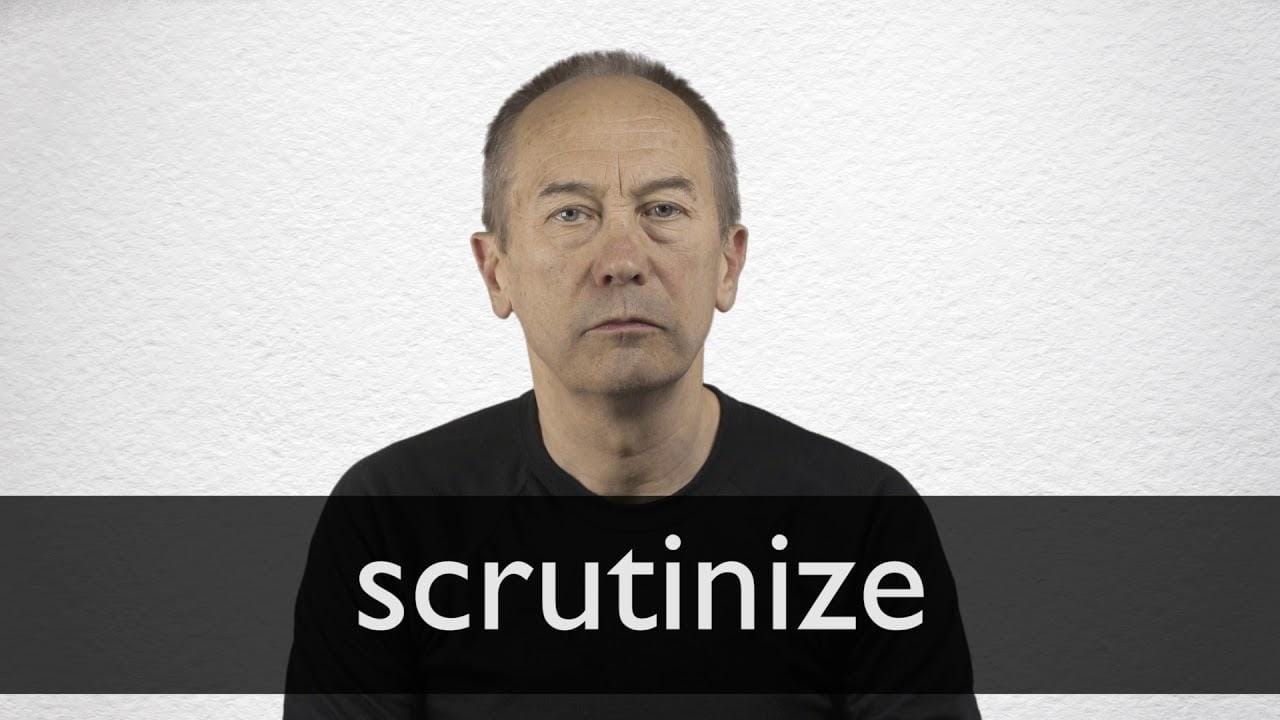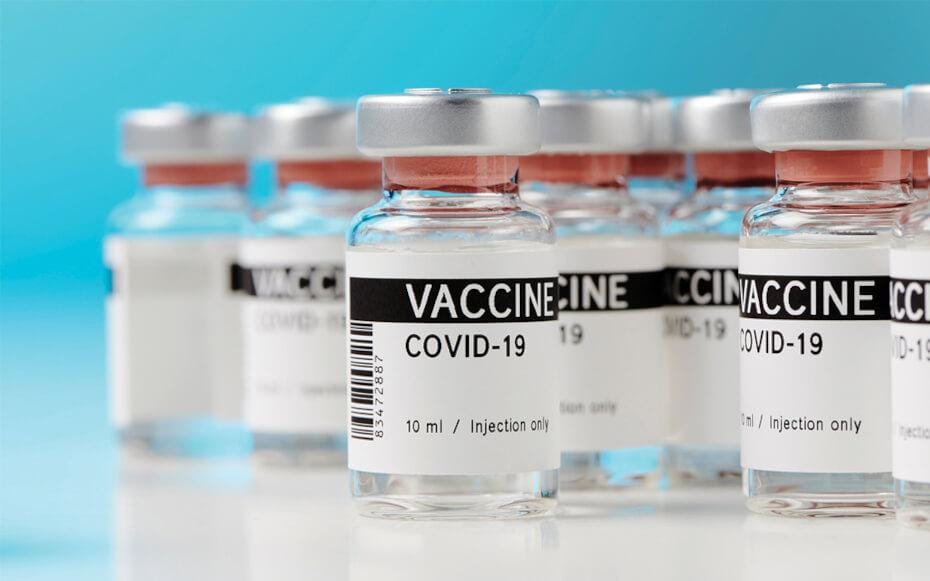
The National Institutes of Health (NIH) is poised to implement stricter policies targeting excessive publisher fees associated with research funded by taxpayer dollars. This initiative aims to ensure broader access to publicly funded research findings while promoting responsible stewardship of government resources. The forthcoming guidelines are anticipated to address concerns surrounding article processing charges (APCs), subscription costs, and other expenses associated with disseminating NIH-supported research. This article will explore the details of the proposed policies, their potential impact on researchers and publishers alike, and the broader implications for open access publishing and scientific advancement.
Table of Contents
- NIH Scrutinizes Research Output Costs: Focus on Transparency
- Mandating Fee Caps and Open Access: A Framework for Sustainable Publishing
- Beyond Article Processing Charges: Addressing Hidden Costs and Bundled Agreements
- Recommendations for Institutional Compliance and Grant Management
- Q&A
- The Conclusion

NIH Scrutinizes Research Output Costs: Focus on Transparency
- Mandatory Disclosure: Requirements for grant recipients to comprehensively disclose all publishing-related expenses
- Fee Benchmarking: The establishment of fee benchmarks to assess the reasonableness of APCs
- Negotiated Agreements: Exploring avenues for negotiating more favorable publishing agreements with publishers
- Emphasis on Open Access: Promoting open access publishing models to reduce financial barriers to research dissemination.
| Area of Scrutiny | Potential Action |
|---|---|
| APC Costs | Fee Benchmarking |
| Transparency | Mandatory Disclosure |
| Accessibility | Open Access Promotion |

Mandating Fee Caps and Open Access: A Framework for Sustainable Publishing
The National Institutes of Health (NIH) is signaling a major shift in its approach to scientific publishing, taking aim at what many consider the exorbitant fees charged by publishers for accessing research funded by taxpayer dollars. Whispers in the academic community suggest the NIH is developing concrete strategies to enforce fee caps on Article Processing Charges (APCs) and actively promote broader open access mandates. This move aims to ensure that the fruits of publicly funded research are readily available to the public, researchers, and educators, fostering innovation and accelerating scientific discovery. Potential enforcement mechanisms are still under discussion, but possibilities include:
- Grant requirements: Mandating adherence to fee limitations as a condition for receiving NIH funding.
- Direct payment negotiation: Exploring direct negotiation with publishers to establish reasonable APC rates for NIH-funded research.
- Increased support for open access infrastructure: Investing in platforms and repositories that facilitate the dissemination of research without cost barriers.
While the specifics are still under development, the implications of stricter NIH policies are significant. Some estimate that current APC costs divert crucial resources from actual research. A recent, albeit informal, survey of researchers highlights the perceived disparity:
| Stakeholder | Perspective on Publisher Fees |
|---|---|
| Researchers | Fees are often excessive and unsustainable. |
| Public | Deserves free access to taxpayer-funded research. |
| Libraries | Struggling to afford subscriptions and APCs. |
The NIH’s move signifies a growing consensus that a more sustainable and equitable model for scientific publishing is needed. It remains to be seen how the agency will balance the need for open access with the financial realities of the publishing industry, but the intention is clear: to maximize the impact of publicly funded research for the benefit of all.

Beyond Article Processing Charges: Addressing Hidden Costs and Bundled Agreements
The focus is shifting from just APCs to the murkier waters of “hidden costs” levied by publishers. These can include charges for things seemingly inherent to the publishing process, such as:
- Page Charges: Per-page fees that quickly inflate the overall cost.
- Color Figure Fees: Demands for extra payments to include color figures, even in online-only publications.
- Supplementary Material Charges: Fees for hosting essential datasets or additional information.
- Copyright Transfer Fees: Charges associated with authors transferring copyright.
Furthermore, bundled agreements between institutions and publishers, while often presented as cost-saving measures, can obscure the true cost per article and limit institutional bargaining power. These agreements sometimes prioritize quantity over quality, incentivizing publication in specific journals regardless of their suitability or impact. An example of how seemingly “discounted” bundles can skew the financial burden is presented below:
| Bundle Component | List Price | Discounted Price (Bundle) |
|---|---|---|
| Journal A (High Impact) | $5,000 | $4,500 |
| Journal B (Low Impact) | $1,000 | $900 |
| Journal C (Predatory) | $500 | $450 |
| Total | $6,500 | $5,850 |
Note: This simplified table illustrates how bundled deals can still include less desirable journals (Journal C), masking their individual cost and potentially incentivizing suboptimal publishing choices.

Recommendations for Institutional Compliance and Grant Management
The NIH is signaling a significant shift in its approach to managing grant funds, particularly concerning the escalating costs associated with publishing research findings. Recent announcements suggest a more rigorous examination of Article Processing Charges (APCs) and other publication-related expenses claimed by grant recipients. This renewed scrutiny stems from concerns that excessive publisher fees are diverting funds away from actual research and potentially hindering the broader dissemination of publicly funded knowledge. Institutions should prepare for increased accountability and transparency in reporting these expenditures. Expect closer monitoring of:
- APC justification: Be ready to strongly justify chosen publishing venues and associated costs.
- Open access mandates: Ensure clear adherence to NIH’s open access policies.
- Negotiated rates: Leverage institutional agreements with publishers to minimize fees.
To ensure compliance and optimize grant management in this evolving landscape, institutions should proactively review their internal policies and procedures related to publication costs. Audits may become more frequent, therefore a robust system for tracking and substantiating these expenditure is also needed. Consider implementing the following measures:
| Area | Action |
|---|---|
| Policy Review | Update internal guidelines to reflect NIH’s increasing focus on cost-effectiveness. |
| Training | Educate researchers and grant administrators about allowable expenses and best practices for negotiation. |
| Budgeting | Carefully estimate publication costs during the grant proposal stage. |
Q&A
Q&A: NIH’s New Focus on Publisher Fees for Publicly Funded Research
The National Institutes of Health (NIH) is increasingly focused on ensuring taxpayer dollars are used effectively and efficiently, including when it comes to publishing research results. This new scrutiny brings into question the often significant fees charged by publishers for open access and other publishing services related to publicly funded research. To help you understand this evolving landscape, we’ve compiled a Q&A addressing key concerns and the NIH’s likely approach moving forward.
Q. Why is the NIH focusing on publisher fees now?
A. The NIH’s mission is to advance health through biomedical research. A key component of that mission is ensuring wide dissemination of research findings. While open access publishing, which makes research freely available, is encouraged, the associated author fees can often be substantial, particularly in certain journals. The NIH is concerned that excessive or unjustified fees are potentially:
Limiting dissemination: High fees can create barriers for researchers from under-resourced institutions or with limited grant funds, hindering their ability to publish in prestigious journals, even if they provide the most appropriate venue for their work.
Diverting grant funds: Money spent on excessive publishing fees could be better utilized for actual research, further impacting progress and innovation.
Disproportionately benefitting publishers: The NIH acknowledges the valuable services publishers provide, but aims to ensure taxpayer dollars are being used responsibly and not primarily to inflate publisher profits.
Q. What specific actions is the NIH likely to take to address this issue?
A. The NIH is likely to employ a multi-faceted approach that may include:
Developing updated guidance on allowable costs: This could involve clarifying which publishing fees are considered reasonable and directly related to research, and which are deemed excessive or unnecessary.
Increased scrutiny of grant applications: Researchers may be required to provide more detailed justifications for requested publishing funds, including a breakdown of anticipated fees and a rationale for chosen publication venues.
Promoting alternative publishing models: The NIH may actively support and encourage researchers to utilize alternative publishing platforms and methods, such as institutional repositories or pre-print servers, which typically have lower or no associated fees.
Engaging with publishers: The NIH may engage in discussions with publishers to encourage more transparent and equitable pricing models.
Supporting the development of infrastructure and tools: Investing in platforms and tools that facilitate efficient and cost-effective dissemination of research results.
Q. Does this mean the NIH will no longer support open access publishing?
A. Absolutely not. The NIH remains committed to open access publishing to maximize the impact of its funded research. However, the focus is on ensuring that open access is achieved through cost-effective and sustainable means. The NIH wants to guarantee broad access to publicly funded research findings without compromising the efficiency of the research process or unduly burdening taxpayer resources.
Q. What types of publisher fees are most likely to face increased scrutiny?
A. Fees characterized by lack of transparency or justification are likely to be scrutinized. This may include:
Very high Article Processing Charges (APCs) for open access journals without clear justification of the value they provide. These are often found in for-profit journals with perceived high impact factors.
Mandatory fees for supplementary materials or data archiving that are not directly related to the dissemination of the research findings.
Hidden or poorly defined charges that are added late in the publishing process.
Fees associated with optional services that should not be considered essential for publishing.
Q. What can researchers do to prepare for these changes?
A. Researchers can proactively take the following steps:
Carefully research publishing options: Explore alternative journals and publishing models that offer reasonable fees.
Justify publishing expenses in grant applications: Provide a clear and detailed justification for all estimated publishing fees, including a comparison of the cost versus potential impact of various publication venues.
Negotiate with publishers: Don’t hesitate to negotiate APCs and other fees with publishers.
Consider alternative dissemination methods: Utilize institutional repositories, pre-print servers, and other open access platforms to share research findings broadly.
* Stay informed: Keep abreast of any updated guidance or policies issued by the NIH regarding publishing fees.
Q. What is the anticipated timeline for the implementation of these changes?
A. While a precise timeline is not yet available, the NIH is expected to release updated guidance and policies in the coming months. Researchers should anticipate these changes impacting grant applications and publishing decisions in the near future. It is crucial to monitor the NIH website and subscribe to relevant newsletters for updates on this evolving landscape.
The Conclusion
In conclusion, the NIH’s planned measures aimed at controlling excessive publishing fees represent a significant step towards maximizing the return on public investment in biomedical research. By addressing the financial barriers to open access, the agency seeks to ensure wider dissemination of federally funded discoveries, fostering collaboration and accelerating scientific progress. The success of this initiative will hinge on consistent enforcement and ongoing evaluation of its impact on both researchers and publishers, ultimately contributing to a more equitable and accessible scientific ecosystem.




